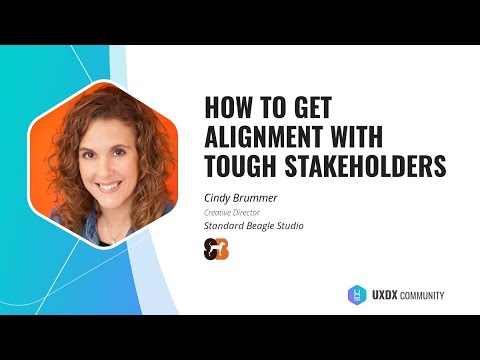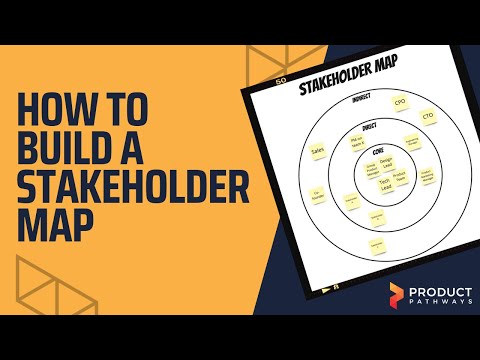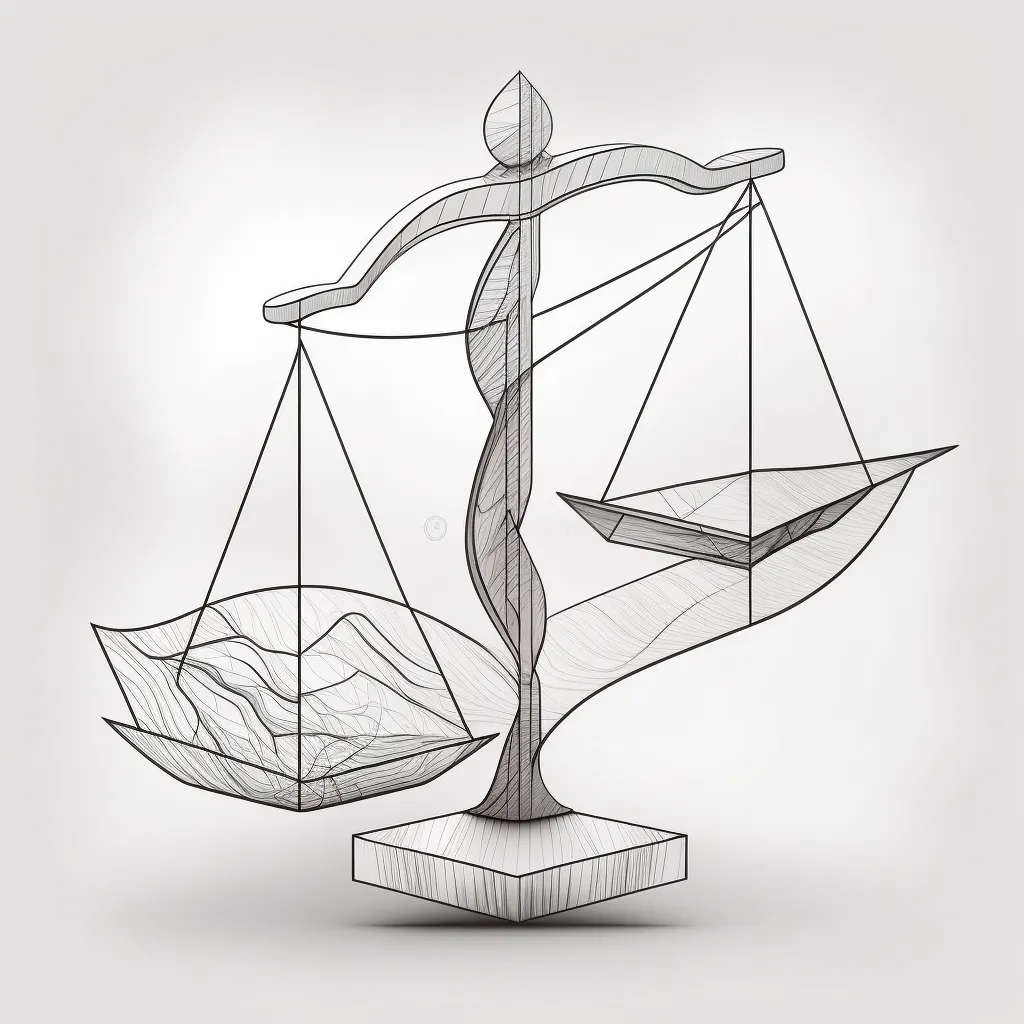Who is a Tough Stakeholder?
- Critical and negative about project progress
- Lack of buy-in, particularly mid-project
- Poor communication and lost faith in the project
- Can influence others with their negative attitudes
The SCARF Model for Understanding Stakeholder Behavior
- The SCARF model is a framework that describes the five domains of human social experience.
- Every human has a basic set of needs: status, certainty, autonomy, relatedness, and fairness
- These needs are constantly being judged in our relationships with others
- Stakeholders are particularly affected by three of these needs: status, certainty, and relatedness
Status
- Status refers to the social hierarchy or pecking order, where individuals rank higher or lower than others.
- People are constantly dealing with the threat of losing status or the reward of being higher than someone else.
- Threats to status, such as rejection or exclusion, activate the same pathways in the brain that physical pain does.
- When someone’s status is threatened, they can react very negatively.
- One way to increase a person’s sense of status is by publicly recognizing them. This generates a positive reward and can resonate for years.
Certainty
- Stakeholders want predictability and stability
- They may feel threatened by uncertainty or change
- Ways to increase certainty: provide clear expectations, communicate progress regularly, be transparent about risks and challenges
- Providing access to more information can help put a stakeholder’s mind at ease
Relatedness
- Relatedness refers to the need to feel a connection to other people and to belong to a group.
- When people feel a sense of relatedness, a reward is generated in the brain, and they want to keep it coming.
- When there is an absence of relatedness, it generates a threat response.
- Allowing more time for casual conversation or more opportunities to participate with the team can help increase a stakeholder’s sense of relatedness.
Managing certainty, relatedness, and status with a vision meeting
- Use a vision meeting to manage certainty, relatedness, and status.
- A vision meeting provides a big picture and fosters team-relatedness. All voices are heard and everyone gets a chance to contribute
- Make sure that key players are involved in the meeting. Participants feel like they are part of the team, There is a commitment to the project over the agreement
- Ensure there is strong facilitation.
- Start the meeting by building rapport and having an agenda.
- When you have a vision meeting, you equalize the voices and reverse the influence.
- You’re earning buy-in by having everyone feel like they’re contributing and involved.
Managing Status
- Increase their status by recognizing their expertise, seeking their input, and involving them in decision-making
- Hierarchy and status are relative and depend on the situation.
- Being aware of the corporate politics and pecking order of a company is important when dealing with tough stakeholders.
- Giving a stroke or complimenting stakeholders can help increase their sense of status.
- Providing a third-party story can help defer to their status.
Ask questions and get stakeholders to generate ideas
- Ask questions of stakeholders to get them to come up with ideas that are aligned with your own.
- The goal is to make stakeholders feel like the idea is their own, rather than feeling like they’re being told what to do.
Managing certainty and relatedness
- Increase certainty by providing clear expectations, communicating progress regularly, and being transparent about risks and challenges
- Increase relatedness by building rapport and trust, involving stakeholders in social activities, and showing appreciation for their contributions
- Address issues head-on and have difficult conversations if necessary
A facilitator is key
- Choose a facilitator who is a good listener and has a presence
- The facilitator must be objective
- A good size for the group is between 7 and 12 people
- Choose a quiet conference room or office for the meeting
- Have an agenda in place for the meeting
Latest in Stakeholders Management:
How To Get Alignment With Tough Stakeholders
Too often we start our projects with a brief and vague direction, and without even understanding wha…
How to Build a Quick and Powerful Stakeholder Map
Latest 'How to' focused on building a simple yet highly effective Stakeholder Map. We will also take…
TBM 201: The Myth of Quality Tradeoffs
A real estate investor constructs a rental property and skimps on quality. Every time the contractor…



